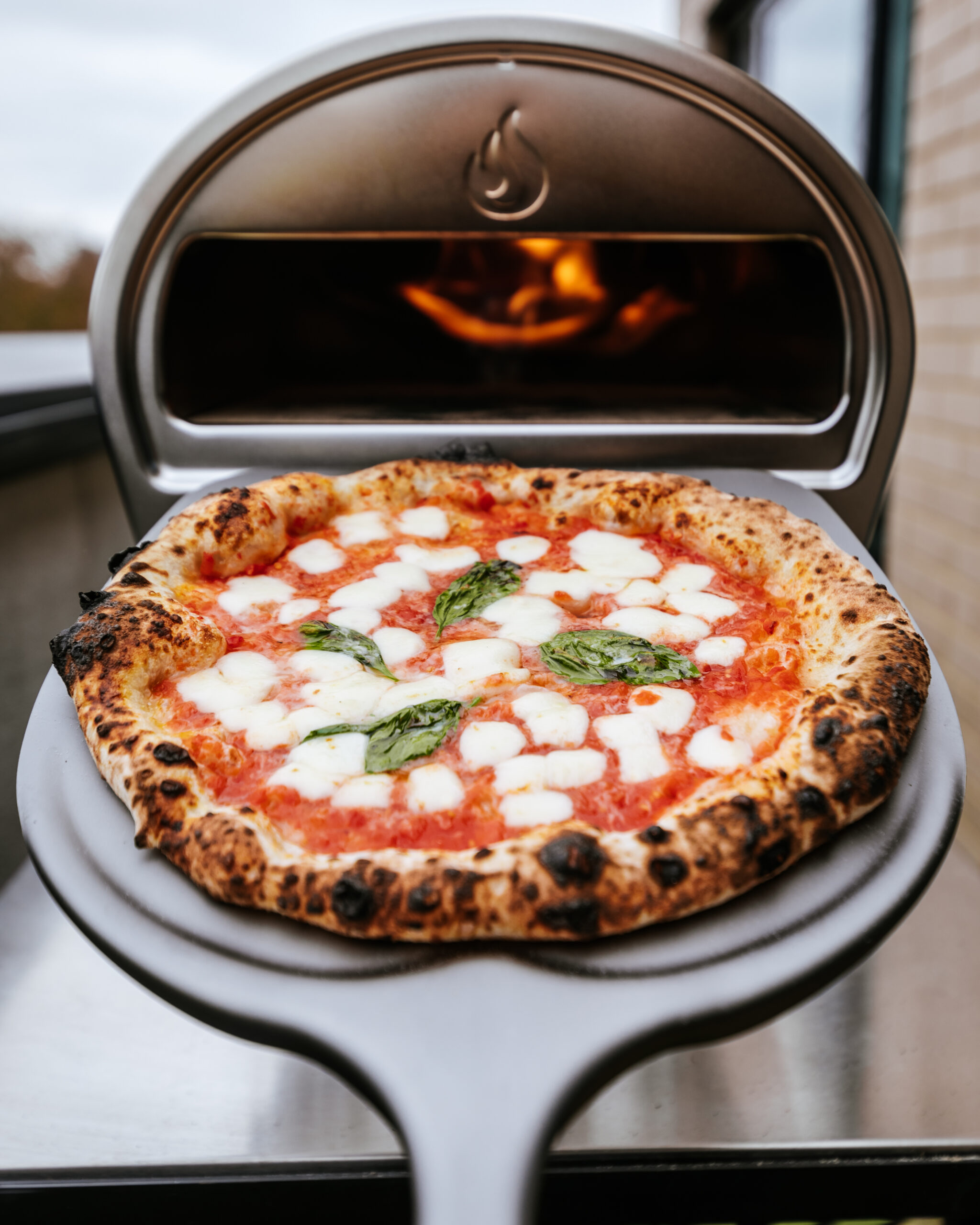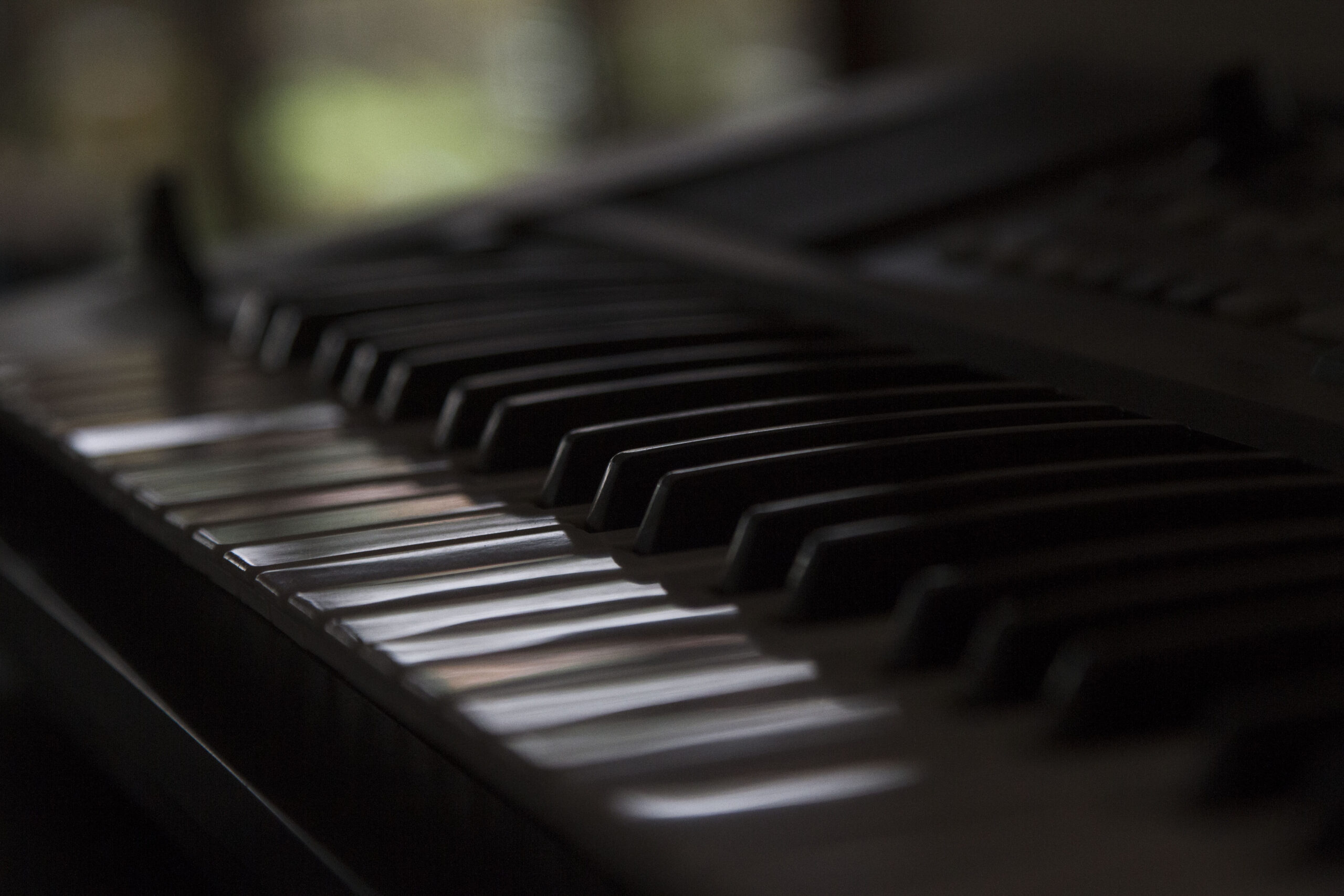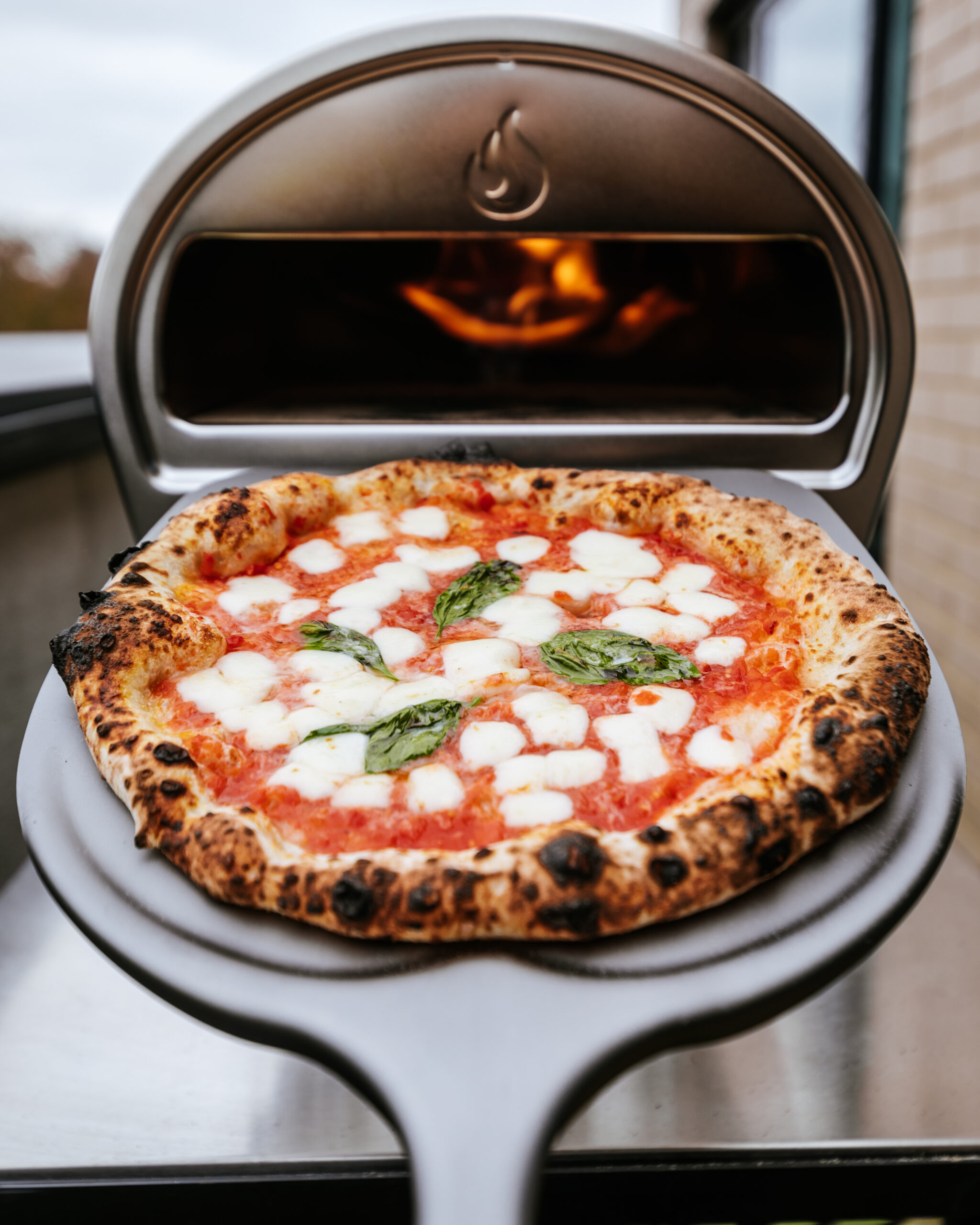In the world of cooking, precise measurements are crucial for creating delicious and consistent dishes. That’s where the art of measuring cups and spoons comes into play. Whether you’re a seasoned chef or a novice in the kitchen, having the right tools for accurate measurements can make all the difference in your culinary creations. From measuring flour and sugar to spices and liquids, the right set of measuring cups and spoons can ensure that you achieve the perfect balance of flavors and textures. At Tastepan.com, we understand the importance of reliable kitchen equipment, which is why we review and recommend top-quality measuring cups and spoons to enhance your cooking experience. With our guidance, you can confidently embark on your culinary journey, armed with the tools you need to measure your way to culinary success.

Importance of Accurate Measurement
Accurate measurement is crucial in cooking and baking to ensure recipe success. When you measure ingredients correctly, you can achieve the desired outcome and flavors in your dishes. From perfectly fluffy cakes to savory soups, accurate measurements play a significant role in creating culinary masterpieces.
Ensuring Recipe Success
Imagine following a recipe to the letter, only to end up with a disappointing outcome. Inaccurate measurements can throw off the balance of ingredients and ruin the texture and taste of your dish. By using the appropriate measuring cups and spoons, you can confidently measure ingredients like flour, sugar, and spices, ensuring that your recipes turn out exactly as intended.
Maintaining Consistency in Flavors
Consistency is key when it comes to cooking and baking. Using accurate measurements helps to maintain the consistent flavor of your dishes every time you prepare them. Whether you’re making a family recipe or experimenting with new flavors, precise measurements ensure that each batch tastes just as delicious as the last.
Balancing Ingredients
Recipes often call for specific ratios of ingredients to achieve the desired balance of flavors. Accurate measurements allow you to strike the right harmony between sweet, salty, sour, and savory elements in your dishes. Whether you’re baking a cake or preparing a savory sauce, precise measurements ensure that each ingredient contributes to the overall taste profile in perfect harmony.
Avoiding Baking Disasters
Baking can be particularly unforgiving if your measurements are even slightly off. Too little baking powder can result in a dense cake, while too much salt can make cookies taste unpleasant. Accurate measurements help you avoid baking disasters and improve your chances of achieving culinary success. By following recipes diligently and using the correct measuring tools, you can confidently embark on your baking adventures.
Types of Measuring Cups and Spoons
Having the right measuring tools is essential for accurate measurements in the kitchen. Here are some common types of measuring cups and spoons:
Nested Cups
Nested measuring cups are a popular choice due to their versatility and compact design. They typically come in a set, with each cup fitting inside the larger ones for easy storage. Nested cups often have both metric and imperial unit markings, allowing you to measure ingredients precisely.
Individual Cups
Individual measuring cups are sold separately and have varying sizes to accommodate different quantities. These cups are convenient if you frequently use specific measurements and don’t require a full set. Just like nested cups, individual cups come in both metric and imperial units, providing flexibility in your cooking and baking endeavors.
Adjustable Cups
Adjustable measuring cups are designed for measuring both dry and liquid ingredients. They feature a sliding mechanism that allows you to adjust the cup’s volume according to the desired measurement. These cups are particularly handy when you don’t have a specific size available or when measuring odd quantities.
Liquid Measuring Cups
Liquid measuring cups are designed specifically for measuring liquids. They typically have a pouring spout to prevent spillage and a handle for easy grip. These cups often come with clear markings, allowing you to measure liquids with accuracy. It’s important to read the measurements at eye level to ensure precision.
Metal Spoons
Metal measuring spoons are durable and long-lasting. They typically come in a set of different sizes, suitable for measuring both dry and liquid ingredients. Metal spoons often have engraved or stamped markings that won’t fade over time or with repeated use. They are easy to clean and resistant to stains and odors.
Plastic Spoons
Plastic measuring spoons are lightweight and affordable. They are available in sets and usually feature both metric and imperial markings. Plastic spoons are gentle on non-stick cookware and can be easily cleaned in the dishwasher. However, they may not be as durable as metal spoons and can wear out over time.
Wooden Spoons
Wooden measuring spoons offer a rustic charm and a natural aesthetic to your kitchen. They are gentle on delicate surfaces and are less likely to scratch or damage cookware. These spoons are often coated with food-grade oil to protect them from moisture and stains. However, wooden spoons may require additional care and maintenance to prevent cracking or warping.
Specialty Spoons
Specialty measuring spoons, such as long-handled measuring spoons or mini spoons, cater to specific cooking needs. Long-handled spoons are ideal for reaching the bottom of tall containers, while mini spoons are perfect for measuring spices or other small quantities. These specialty spoons provide convenience and accuracy when dealing with unique cooking situations.

Choosing the Right Material
When selecting measuring cups and spoons, it’s important to consider the pros and cons of different materials. Here’s an overview of the common materials used for measuring tools:
Pros and Cons of Metal
Metal measuring cups and spoons are known for their durability and stability. They can withstand frequent use and are resistant to bending and breaking. Metal tools often have engraved or stamped markings that remain visible and legible over time. Additionally, metal cups and spoons are easy to clean and are less prone to retaining odors or stains.
However, metal tools can sometimes be heavy, which might be a consideration for those with hand or wrist-related issues. They can also become hot when in contact with heat, which can be inconvenient when measuring hot liquids or ingredients.
Advantages of Plastic
Plastic measuring cups and spoons are lightweight and affordable. They are often available as a complete set, making them a practical choice for beginners or those on a budget. Plastic tools are gentle on non-stick cookware and can be cleaned in the dishwasher for convenience. They are also less likely to cause damage or scratches to delicate surfaces.
However, plastic tools may not be as durable as their metal or wooden counterparts. Over time, plastic can warp or become stained, affecting their accuracy and overall lifespan. It’s essential to handle plastic tools with care to prevent them from bending or breaking.
Benefits of Wooden
Wooden measuring cups and spoons offer a unique and aesthetic appeal to any kitchen. They are gentle on delicate surfaces and are less likely to scratch or damage cookware. Wooden tools also have a natural warmth and feel comfortable to grip. Additionally, some wooden measuring tools are coated with food-grade oil to protect them from moisture and stains.
However, wooden tools require additional care and maintenance to prevent cracking or warping. They should be hand washed and air dried to maintain their quality and integrity. Exposure to prolonged moisture or heat can damage wooden tools, so it’s important to handle them with care and store them in a dry environment.
Understanding Measurement Units
Measurement units are essential for accurate cooking and baking. While different regions may use different systems, the two most common measurement systems are the Imperial and Metric systems.
Imperial System
The Imperial system is widely used in the United States and some other countries. It includes units such as cups, teaspoons, tablespoons, fluid ounces, and pounds. Measurements in the Imperial system are often based on volume or weight, providing a convenient way to measure ingredients for recipes.
Metric System
The Metric system is used globally and is based on multiples of ten. The units used in the Metric system include milliliters (ml), liters (L), grams (g), and kilograms (kg). Unlike the Imperial system, which relies on volume and weight, the Metric system exclusively uses the decimal system for measurements. This makes conversions between units simpler and more precise.
Both systems have their advantages, and it’s important to familiarize yourself with the system commonly used in your region. Many recipes provide measurements in both systems, allowing for ease of use regardless of the system you prefer.

Accuracy and Calibration
Accurate measurements are not only about choosing the right tools and units but also ensuring that they are calibrated properly. Here are some tips on achieving accuracy and calibrating your measuring cups and spoons:
Using Level Measurements
When measuring dry ingredients in cups or spoons, it’s important to level off the excess for precise measurements. Simply use a straight edge, such as a knife or spatula, to level off the ingredients without pressing down or adding more. This ensures that your measurements are consistent and accurate.
Checking for Accuracy
To check the accuracy of your measuring tools, you can use a known reference point. For example, fill a measuring cup with water and pour it into a known accurate measuring cup. If the measurement lines up, your tool is properly calibrated. If not, you may need to adjust or replace it.
Calibrating Measuring Cups and Spoons
If you notice inconsistencies in your measurements, it may be necessary to calibrate your measuring cups and spoons. Calibration involves adjusting your tools to ensure accurate measurements. To calibrate a measuring cup, pour water up to the desired line and adjust the handle or base until it aligns with the correct measurement. For measuring spoons, you can use a similar method by adjusting the depth or shape of the spoon to match the desired quantity.
Calibrating your measuring tools regularly helps maintain accuracy and ensures that your recipes turn out as intended.
Common Mistakes to Avoid
When it comes to measuring ingredients, there are common mistakes that can lead to inaccurate measurements and disappointing culinary results. Here are some mistakes to avoid:
Incorrect Spoon Technique
When measuring dry ingredients with a spoon, it’s important to use the proper technique. Scoop the ingredient into the spoon without compacting it. Level off the excess with a straight edge to achieve an accurate measurement. Avoid tapping the spoon on the side of the container, as this can lead to compression errors.
Compression Errors
Compression errors occur when ingredients are pressed or compacted into the measuring cup or spoon. This can lead to inaccurate measurements, especially with dry ingredients such as flour or sugar. To avoid compression errors, spoon the ingredient into the measuring tool and level it off without pressing down. This ensures that the measurement reflects the ingredient’s true volume.
Overfilling or Underfilling
Overfilling or underfilling your measuring cups and spoons can throw off the balance of ingredients in your recipes. When measuring, aim for a level, precise amount without it being too full or too empty. It’s better to slightly underfill and add more if necessary than to overfill, which can result in inaccurate proportions.
Misinterpreting Measurements
Misinterpreting measurements can lead to significant errors in your recipes. Always read the measurements at eye level to ensure accuracy. Metric and Imperial measurements can sometimes be confusing, so double-check the unit indicated in the recipe to avoid misinterpreting the quantity.
By avoiding these common mistakes, you can ensure accurate measurements and achieve consistent results in your culinary creations.
Proper Care and Maintenance
To prolong the lifespan of your measuring cups and spoons, proper care and maintenance are essential. Here are some tips to keep them in great shape:
Handwashing vs Dishwasher
When it comes to cleaning your measuring cups and spoons, handwashing is generally recommended. Hot, soapy water and a soft sponge are usually sufficient to remove any residue. Dishwashers may cause gradual wear and tear, especially for plastic or wooden tools. If you choose to use a dishwasher, opt for the top rack and avoid exposing them to high heat or harsh detergents, as this can affect their accuracy and integrity.
Storing Properly
Proper storage helps maintain the shape and accuracy of your measuring cups and spoons. Consider dedicating a specific drawer or container to store them, ensuring that they are not overcrowded or bent by other utensils. Nested cups can be stacked together, while other tools can be hung or placed in a designated compartment for easy access and organization.
Avoiding Stains and Odors
Certain ingredients, such as spices or strongly colored substances, can leave stains or odors on your measuring tools. To prevent this, rinse them immediately after use and avoid leaving them in contact with strongly scented or pigmented ingredients for extended periods. If stains or odors persist, you can soak them in a mixture of baking soda and water or use a mild bleach solution to remove any discoloration or odors.
By following these care and maintenance tips, you can ensure that your measuring cups and spoons remain accurate and reliable for years to come.
Additional Tips and Tricks
Here are some additional tips and tricks to enhance your measuring experience in the kitchen:
Using Weight Measurements
In addition to volume measurements, weight measurements offer a more precise way of measuring ingredients. Investing in a kitchen scale allows you to measure ingredients by weight, which can be especially useful when it comes to baking. Weight measurements eliminate the variability that can occur with volume measurements, providing consistent results in your recipes.
Using Measuring Cups as Mixing Bowls
In a pinch, measuring cups can double as small mixing bowls. If you’re short on dishes or just want to streamline your cooking process, use your measuring cups to mix small amounts of ingredients. Just make sure to clean them thoroughly between measurements to avoid cross-contamination or inaccurate measurements.
Substituting Different Types of Measuring Cups and Spoons
If you find yourself without the specific measuring tools mentioned in the recipe, you can make substitutions with caution. For example, if a recipe calls for nested cups but you only have individual cups, simply use the same cup size multiple times to achieve the required measurement. Similarly, you can use a tablespoon to approximate a teaspoon measurement in a pinch, but keep in mind that this may not yield the most accurate results. It’s always best to use the recommended tools whenever possible.
By incorporating these tips and tricks into your culinary adventures, you can elevate your cooking and baking skills while ensuring precise measurements and delicious results.
Conclusion
Accurate measurement is at the heart of successful cooking and baking. By using the appropriate measuring cups and spoons, understanding measurement units, and avoiding common mistakes, you can achieve consistency and precision in your recipes. Whether you’re an experienced chef or a novice in the kitchen, investing in high-quality measuring tools will enhance your culinary journey and ensure that your dishes turn out precisely as intended. So go ahead, embrace the art of measuring cups and spoons, and enjoy the delightful results in your kitchen creations. Happy cooking and baking!

